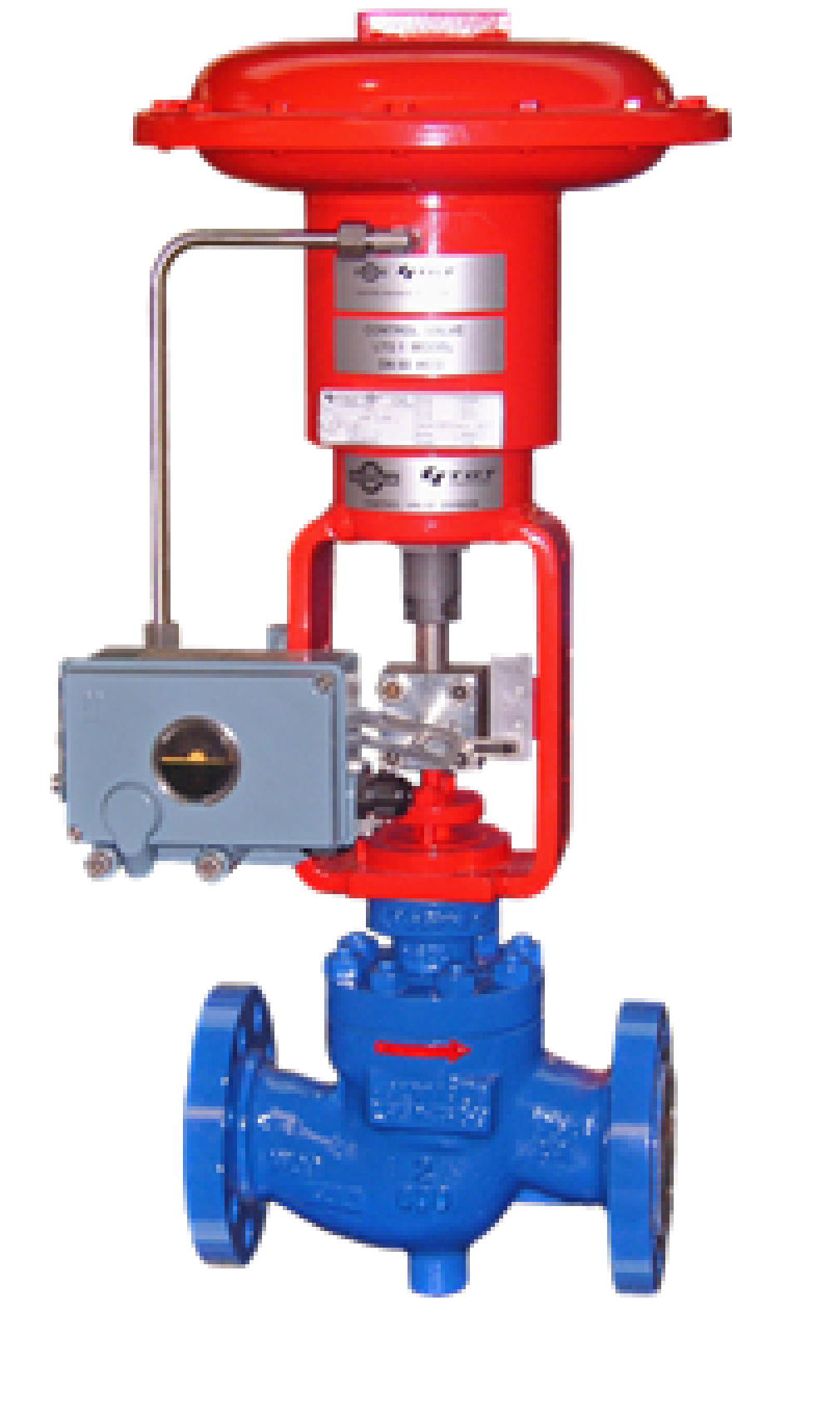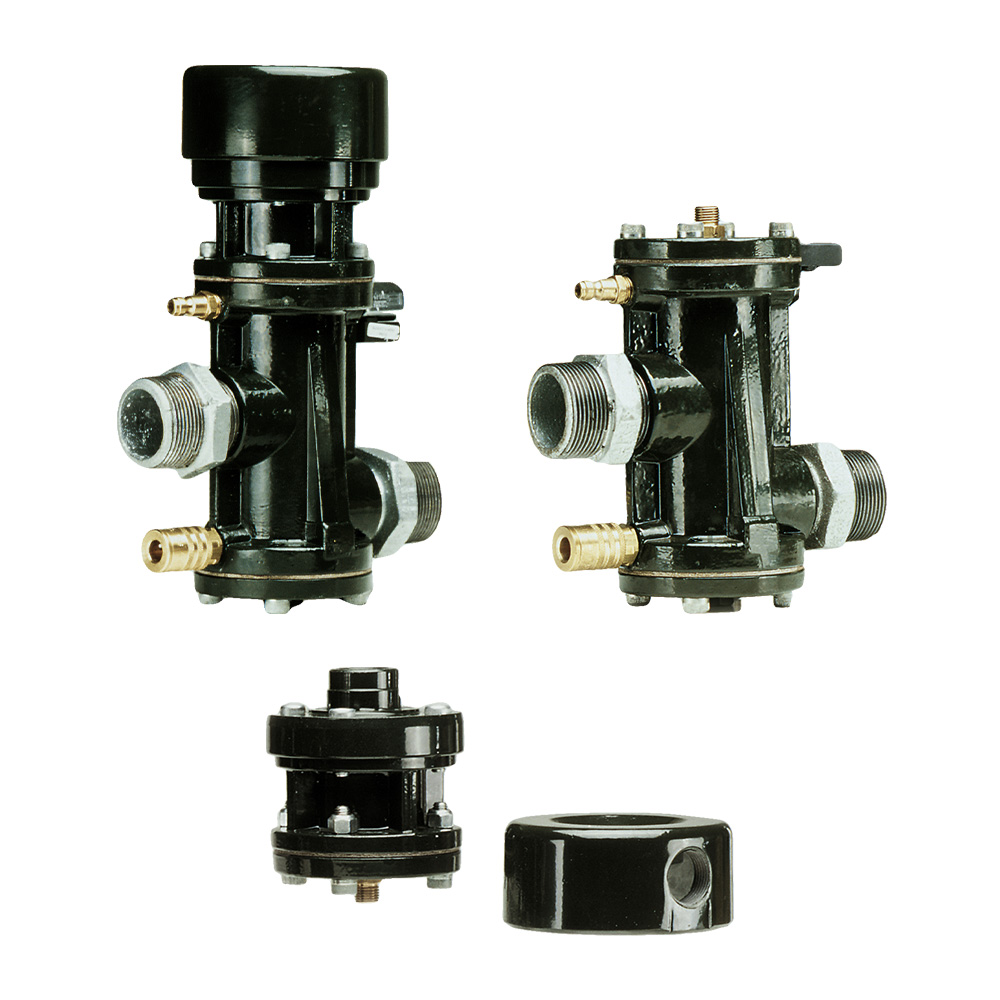Achieve Seamless Integration and Control With High Quality Building Automation Controls
In the realm of modern-day building administration, the importance of top quality building automation controls can not be overemphasized. As innovation remains to advancement, the integration and control of numerous systems within a structure have developed to be more effective and innovative. The seamless procedure and monitoring of illumination, HVAC, protection, and various other structure features have ended up being extremely important for improving occupant convenience, energy performance, and total operational performance. The journey in the direction of achieving real assimilation and control is a diverse one, with factors to consider varying from system compatibility to cybersecurity. Embracing high quality building automation controls is not merely an issue of comfort yet a critical important for organizations aiming to maximize their facilities' performance and sustainability.

Evolution of Building Automation Controls
Throughout the previous few decades, the development of developing automation controls has substantially changed the way buildings are handled and run. At first, building automation systems primarily concentrated on fundamental features such as managing air, ventilation, and home heating conditioning (HEATING AND COOLING) systems. As technology progressed, these controls have ended up being a lot more innovative, allowing for a larger variety of building systems to be integrated and managed centrally.
The advancement of developing automation controls has seen a shift towards even more intelligent systems that can adapt to changing problems in real-time. This adaptability is vital for enhancing energy efficiency and making certain occupant convenience. Furthermore, contemporary structure automation controls currently supply functions such as predictive maintenance, remote monitoring, and information analytics, allowing center supervisors to make data-driven choices to boost building efficiency.

Benefits of Quality Assimilation
The innovation in structure automation regulates in the direction of more intelligent systems has actually underscored the substantial benefits of top quality combination in optimizing building procedures and boosting total performance. This central control also provides much better visibility and insights into building performance, making it possible for positive upkeep and optimization strategies. In general, the benefits of top quality combination in structure automation controls are obvious, offering increased effectiveness, comfort, and functional effectiveness.
Improved User Experience and Access
Enhancing user communication with building automation regulates through instinctive design and enhanced access boosts the general experience for owners and center supervisors alike. By focusing on customer experience, building automation systems can come to be much more straightforward and reliable. Instinctive user interfaces, clear navigating, and customizable setups empower customers to interact with the controls conveniently and effectively.
Accessibility features play article an important duty in guaranteeing that all people, consisting of those with disabilities, can use the structure automation regulates easily. Integrating attributes such as voice commands, tactile switches, and color-contrasted display screens can improve ease of access and make the controls extra inclusive.
Moreover, enhanced user experience results in higher customer complete satisfaction, raised performance, and much better decision-making. Owners can change ecological setups according to their choices, while center supervisors can efficiently handle and check structure systems - control valves. Overall, prioritizing individual experience and accessibility in structure automation regulates adds to a much more smooth and efficient structure setting for all see this here stakeholders included
Lasting Practices With Automation

Moreover, automation can help with the combination of sustainable energy resources such as solar panels or wind generators into structure procedures. Via automation, structures can align with modern-day sustainability goals and contribute to a greener future.
Future Trends in Building Control Systems
In anticipation of progressing and advancing modern technologies sustainability practices, the trajectory of structure control systems is poised to embrace transformative techniques and cutting-edge solutions. One noticeable fad forming the future of structure control systems is the increased assimilation of Artificial Intelligence (AI) and artificial intelligence. These modern technologies enable buildings to adjust in real-time to altering conditions, maximizing power consumption and boosting convenience for owners. Furthermore, the Internet of Points (IoT) is reinventing building control systems by attaching devices and sensors to simplify procedures and improve performance.
An additional essential fad is the focus on cybersecurity procedures to safeguard against prospective risks to developing automation systems. As structures become a lot more interconnected, making sure durable cybersecurity procedures will be important to safeguard delicate information and stop unauthorized access.
In addition, the change towards cloud-based platforms is obtaining energy, enabling for centralized control and remote accessibility to building systems. This facilitates much easier tracking, upkeep, and updates, enhancing the overall performance and adaptability of building control systems. As modern technology proceeds to development, these fads are anticipated to shape the future landscape of building automation controls, driving advancement and sustainability in the constructed environment.
Final Thought
Future trends visit the website in building control systems are likely to concentrate on further improving automation abilities for enhanced energy effectiveness and overall efficiency. It is crucial for building proprietors and operators to focus on the fostering of quality building automation regulates to enhance building procedures and accomplish long-term sustainability goals.
In the world of modern building monitoring, the value of quality building automation controls can not be overstated. On the whole, the evolution of building automation controls continues to drive technology in the structure administration industry, using new opportunities for creating smarter and more sustainable structures.
The improvement in building automation regulates in the direction of even more smart systems has underscored the considerable benefits of quality integration in optimizing structure operations and improving total efficiency. In general, prioritizing individual experience and availability in building automation controls contributes to a much more seamless and efficient structure setting for all stakeholders involved.
It is essential for structure owners and drivers to prioritize the fostering of top quality structure automation regulates to enhance structure operations and attain long-lasting sustainability goals. - control valves
Comments on “Picking the Right Control Valves: A Guide to Optimum System Performance”